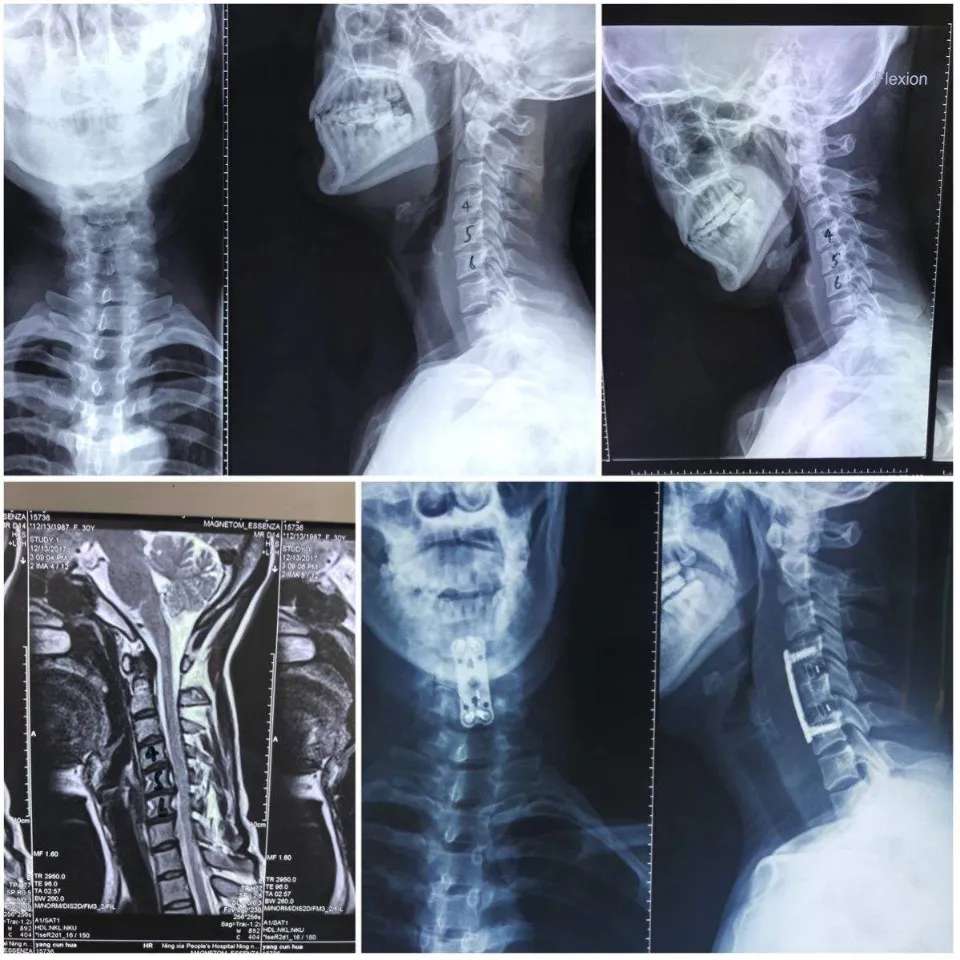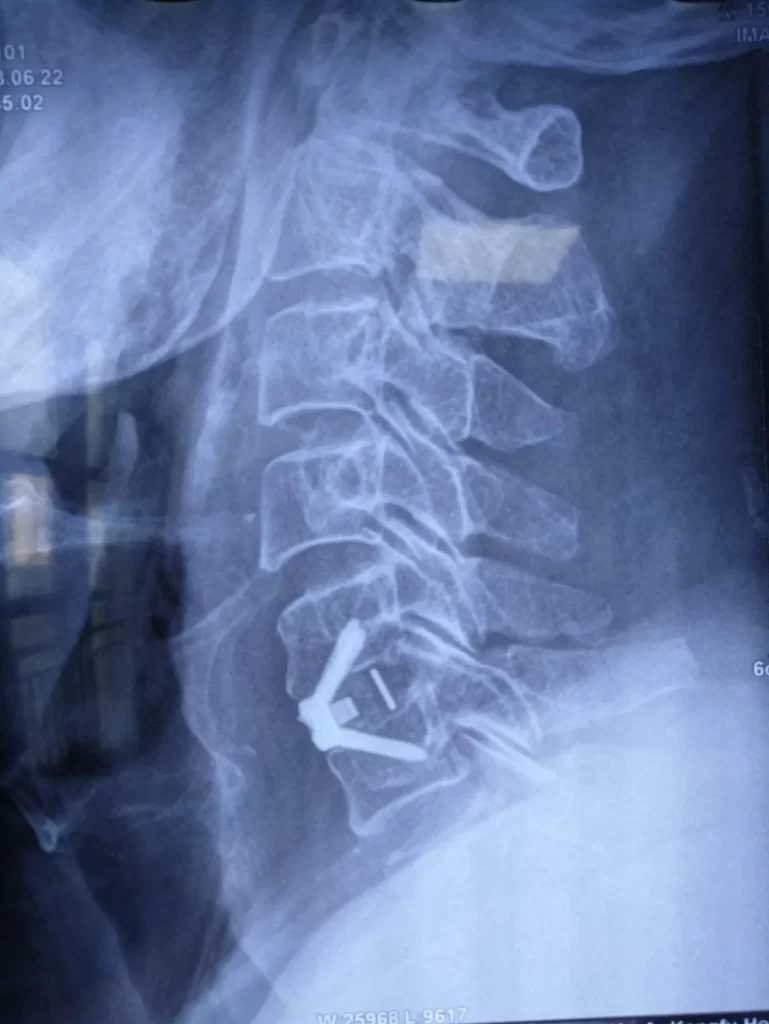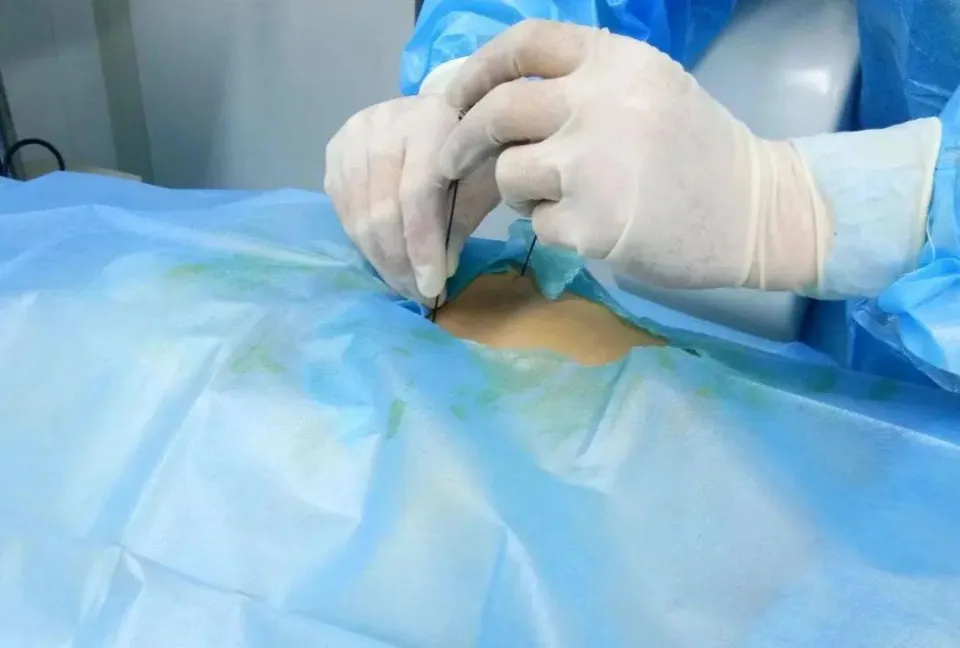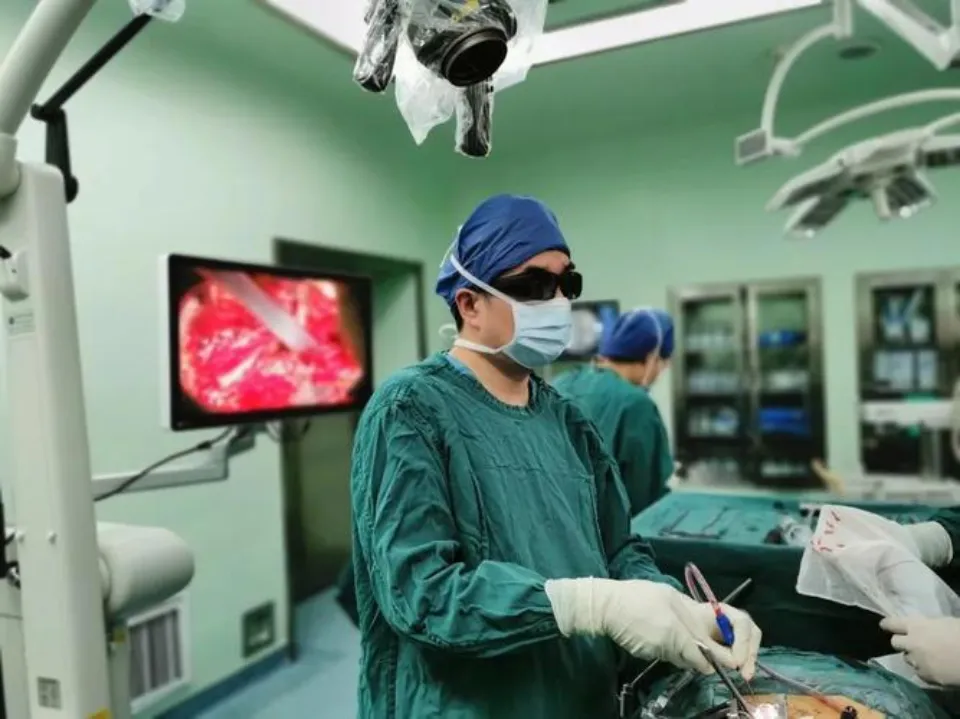
Permanent Restrictions After ACDF Surgery – Navigate Them Effectively
A common procedure used to treat neck and arm pain brought on by herniated discs or spinal degeneration is known as anterior cervical discectomy and fusion, or ACDF surgery.
Even though the procedure can provide relief for many people, patients must be aware that it also comes with some long-term limitations.
Faster recovery and better long-term results can be achieved by being aware of these limitations and learning how to deal with them successfully.
ACDF Surgery

Surgery combining spinal fusion and decompression is known as anterior cervical discectomy with fusion (ACDF). Herniated discs, compressed nerves, pressure on the spinal cord, and other issues affecting the neck and spine are all treated with this surgery.
The primary diagnoses of patients that called for surgery in the first place typically significantly improve as a result of ACDF. The advantages of ACDF surgery also frequently persist for more than ten years after the operation. A significant surgical procedure is ACDF surgery. Since patients are instructed to refrain from particular activities while their bodies heal, the recovery period following ACDF surgery can be challenging.
Preparing Your Spinal Fusion SSDI Benefit Application
You will be prepared to create your application and submit it to the SSA as soon as you can demonstrate that you are eligible for SSDI due to a disability brought on by spinal fusion and you have the required number of work credits.
If you don’t present the proper proof of your disability right away, you usually won’t be successful in your SSDI benefit claim. You will need the following documentation at a minimum:

- Previous medical records which shows the commencement date of the disability caused by spinal fusion surgery;
- Current medical records;
- physician’s report detailing the reasons why you are unable to work due to spinal fusion surgery;
- Details of medications that have been prescribed including dosages, reasons for their use and results;
- Complete list of medical facilities including hospitals the you received treatment at, including hospital admissions;
- Receipts for medical treatment received;
- Any unpaid invoices for medical treatment already received;
- List of physicians and current contact details and the treatment provided;
- Complete work history covering the last 15 years, including start and finish dates for each job;
- Details of workers’ compensation payments received including dates and amounts and reasons for the award;
- Your original birth certificate as copies will not be accepted;
- Your social security card;
- Names and birth dates of your minor children and spouse;
- Dates of any marriages and divorces ( if applicable);
- Contact details of an easily contactable family member or friend that can respond on your behalf if you are not available;
- Account information for your checking and/or savings account, along with your bank’s routing number, which is 9 digits long.
You must be prepared for the SSA to request additional evidence.
Social Security Disability Benefits for Spinal Fusion
In a surgical procedure called spinal fusion, your spine’s vertebrae are joined together to form a single, solid piece. There are various strategies for this extensive surgery, which takes several hours.
For the purpose of bridging the vertebrae and promoting new bone growth, bone can be extracted from a bone bank or the pelvic bone. While new bone is growing, metal implants will keep the vertebrae together. A large number of people now undergo the procedure every year as its popularity has grown.
Surgery combining a spinal fusion and spinal decompression is called anterior cervical discectomy with fusion (ACDF). It is a major surgery, as would be expected. Furthermore, a lot of patients who undergo ACDF surgery experience long-term limitations.
Infection, injury to the spinal nerve, spine instability, and degeneration are among the risks associated with back surgeries. If you had ACDF surgery and now have permanent restrictions, your back condition must match one of the disability listings in the Social Security Administration’s (SSA) medical guide in order for you to be qualified for disability benefits for spinal fusion. The requirements for receiving disability benefits are listed in this manual, known as the Blue Book.
Those who are qualified for disability benefits are given monthly payments to assist with living expenses while they are unable to work. You must have a condition that has lasted a year, will last a year, or will cause death in order to qualify for benefits.
Permanent Restrictions After ACDF Surgery

Restrictions will be a part of your recovery process after ACDF surgery. It’s not surprising that you’ll need more sleep to recover more quickly since this is the most delicate area of your body.
To keep these restrictions in mind, always heed your doctor’s advice. You’ll also need time for the joined spinal cord parts to heal. The restrictions could last for three to six months following your operation.
And by the end of the year, you’ll be prepared to live a life free of these restrictions. Permanent restrictions, however, might be imposed depending on the severity of the damage.
These procedures are also fairly expensive. As previously mentioned, it happens that people exhaust all of their financial means trying to pay for medical expenses but still fall short of doing so. Keep in mind that hiring workers’ compensation attorneys can assist you in receiving a legitimate claim from your insurance provider. A lawyer by your side will also assist you in obtaining appropriate medical care and rehabilitation.
These mishaps also result in temporary disabilities for the victims. Although your recovery might begin soon, you need to be extremely cautious when making decisions that will have long-term limitations.
Do you have to quit your job then? Probably not, but only if you have a lawyer by your side to support you throughout the process. The attorney can help you get a clear understanding of your rights and help you get back to work. Therefore, call your top workers’ compensation attorney immediately.
What restrictions are there that you must follow? All of them, from strenuous exercise sessions to subsequent activities that involve uncontrolled contact, might need to be avoided to allow your spine to heal.
Avoid participating in any high-impact activities or holding positions that involve a lot of bending over the waist. You might need to stop jogging or running if it causes a jarring sensation in your spinal cord.
Restrictions May Be Life-Long
The most crucial thing to keep in mind following spinal fusion surgery is that the limitations that result could last a lifetime. There is a chance that some workers will recover after receiving intensive physical therapy, but this is not a given. The majority of victims must live in a life of limitations, which will have an enormous impact on their professional and personal lives.
Limitations During the First Three Months
In addition to any long-term restrictions following spinal fusion surgery, it’s critical to understand what to anticipate in the three months immediately following surgery. The following movements should be specifically avoided during this period:
- Heavy lifting
- Twisting, no matter what the angle
- Bending, either forward or backward
Due to the fact that all of these movements are automatic and natural for people, it can be challenging to recall this after surgery. To stop these movements, doctors typically advise patients to wear back braces after surgery.
Limitations During the Next Three Months
During this time, limitations should be expected. But because the body should have healed fairly well in the first three months following surgery, the patient might feel confident increasing some motions. For example, it’s a good idea to bend forward very slowly a few times a day to increase mobility.
During this time, lifting objects with a light weight is something else that needs to be done carefully. Naturally, it is best to stay away from any form of strenuous exercise. These fundamental limitations are imposed four to six months after surgery, once more. However, because every person’s condition is unique, it’s important to adhere to the limitations set by your doctor.





Average Rating